The evolution and distribution of noxious species of scorpions (Arachnida: Scorpiones)
- PMID: 29308066
- PMCID: PMC5753573
- DOI: 10.1186/s40409-017-0138-3
The evolution and distribution of noxious species of scorpions (Arachnida: Scorpiones)
Abstract
This contribution attempts to bring some general information on the evolution and, in particular, on the geographic distribution of scorpion species noxious to humans. Since 95% of the scorpions incidents are generated by specimens of the family Buthidae C. L. Koch, the analysis will be limited to this familial group. As in previous similar contributions, the content of this work is mostly addressed to non-specialists whose research embraces scorpions in several fields such as venom toxins and public health. Only in recent years, efforts have been made to create better links between 'academic scorpion experts' and other academic non-specialists who use scorpions in their research. Even if a larger progress can yet be expected from such exchanges, crossed information proved to be useful in most fields of scorpion studies. Since the taxonomy of scorpions is complex, misidentifications and even more serious errors concerning scorpion classification/identification are often present in the general literature. Consequently, a precise knowledge of the distribution patterns presented by many scorpion groups and, in particular, those of infamous species, proves to be a key point in the interpretation of final results, leading to a better treatment of the problems caused by infamous scorpion species.
Keywords: Biased results; Buthidae; Noxious species; Patterns of distribution; Scorpion.
Conflict of interest statement
Not applicable.Not applicable.The author declares that he has no competing interests.Springer Nature remains neutral with regard to jurisdictional claims in published maps and institutional affiliations.
Figures

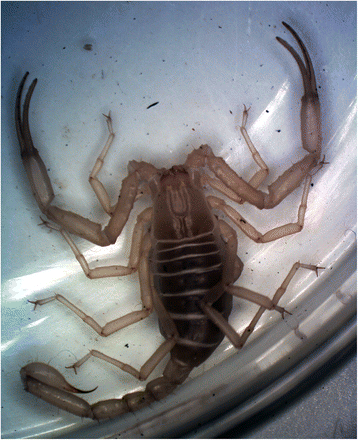
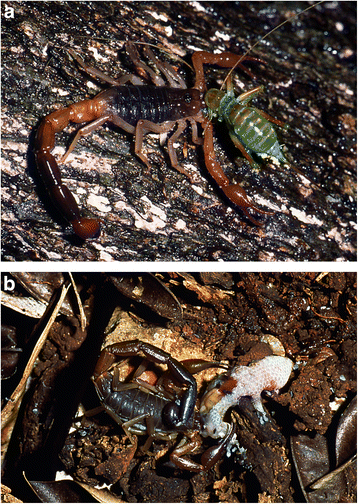
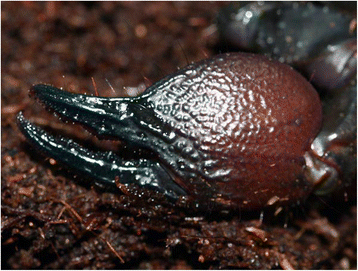
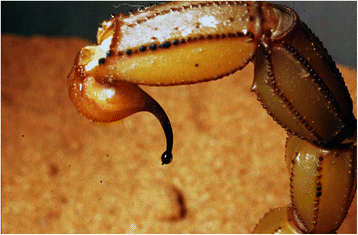



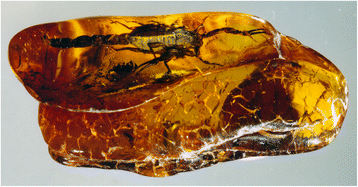

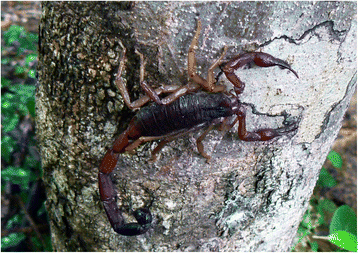
References
-
- Jeran AJ. Paleontology. In: Brownell P, Polis GA, editors. Scorpion biology and research. New York: Oxford University Press; 2001. pp. 370–392.
-
- Lourenço WR. Scorpion diversity and distribution; past and present patterns. In: P Gopalakrishnakone, et al. editors. Scorpion Venoms, Toxinology. Springer+Business Media Dordrecht; 2015. p. 3–23.
-
- Lourenço WR, Goodman SM, Fisher BL. A reappraisal of the geographical distribution of the endemic family Microcharmidae Lourenço (Scorpiones) in Madagascar and description of eight new species and subspecies. Proc Calif Acad Sci 4th ser. 2006;57(26):751–783.
-
- Lourenço WR. Compléments à la faune de scorpions (Arachnida) de l’Afrique du Nord, avec des considérations sur le genre Buthus Leach, 1815. Rev Suisse Zool. 2003;110(4):875–912. doi: 10.5962/bhl.part.80218. - DOI
Publication types
LinkOut - more resources
Full Text Sources
Other Literature Sources
Research Materials

